|
Many of us who love Italy have probably seen this photo many times... "The American Girl in Italy" by Ruth Orkin. Taken in 1951, it appears to be a candid shot of a pretty girl being taunted with catcalls as she walks down a street in Florence, perpetuating the stereotype of the Italian sexist male wolf and the female as an object. Still others today (including the object of the photo, American art student and model, Jinkx Allen) claim it illustrates female empowerment. Most think of it as a shot in the style of Cartier-Bresson or Brassai or even André Kertész. Being a professional photographer my entire life, I feel obliged to give my strong opinions on this image... The young woman in the photo is 23 year old Jinx Allen (aka Ninalee Craig in her later life). Allen had done the unthinkable in the early 1950s--quitting her job and boarding a ship to Europe with her third class ticket, and traveling to France, Spain and Italy unaccompanied. During her travels she met 29 year old photographer, Ruth Orkin. Orkin was born the daughter of Hollywood silent film star and led a fairly privileged life early on. She had dreams of becoming a cinematographer, which never panned out. In 1943 she attempted to start a career in New York as a photojournalist, but instead became a nightclub photographer, shooting pics of luminaries out on the town. Because of her growing portfolio of celebrities, she started doing assignments for Ladies Home Journal, Look and the New York Times. Most of her work was following celebrities around with a camera and the occasional portrait. While in Italy, she met Craig and began taking shots of her in various, planned scenarios on the streets of Florence. The working concept for Orkin's shoot was "Don't Be Afraid to Travel Alone", a visual story of a woman traveling alone in Italy. She went into the shoot planning the shots along the way. Although Craig claimed that this was not a staged photo, in a 2011 interview with TODAY she also admits they were just "horsing around" (honest photojournalists of the day didn't horse around to get shots). She also said that "...Ruth Orkin was wise enough to ask me to turn around and go back and repeat the walk", adding that there were only two shots taken of the famous scene. Think about this a second... Orkin's model was told to walk through the men hanging out on the corner--a six foot tall, beautiful American girl dressed stylishly struts through the scene. After her first shot, Orkin told Craig to do it again. Now, these guys would really get into the scene, checking out and making comments (more than likely, in the poetic style of the Italian male --"Che bellissima!" as she sashayed, runway style, flaunting herself a second time. This is not photojournalism, where a photographer blends into the scene, often with small 35mm camera held discretely, waiting for the reality of the street to form into the perfect moment. That moment is not planned. “I just walk around, observing the subject from various angles until the picture elements arrange themselves into a composition that pleases my eye.” – André Kertész I have been primarily a studio commercial photographer my whole career, creating scenes purposefully for clients to illustrate their products or services, so I know it when I see it. We built sets, decorated them, had artificial lighting, makeup artists and stylists and assistants. Everything was planned. I've even done my fair share of fashion and beauty photography--and often had to create such "candid-looking" images in public places (like on a busy Seventh Avenue sidewalk, or on a Manhattan pier), making things look natural, as if the scene was just captured, photojournalist style. But it was all fake. The models had to repeat their movements perhaps dozens of times to get the perfect shot--walk-throughs, jumps, "natural" laughter, etc. On the other hand, when I've had photojournalist assignments, nothing was planned, nothing was fake. Everything I captured with my lens was happening in front of me. My job was to capture a moment of reality--never to stage it. In the American Girl photo, I would venture to guess that the more famous image from this shoot was the second one. Definitely staged. In fact, I would suggest that anyone with a critical eye looking at the entirety of her "Don’t Be Afraid to Travel Alone" self-assignment series can easily see these are all staged, all using her new found comrade, Jinx Allen (aka Ninalee Craig) as a pretend model in each scenario... instead of doing the REAL work of a photojournalist and spending hours, days or weeks looking for the real women traveling solo through Italy and capturing them as they carry on normally during their voyages. To me, photography is the simultaneous recognition, in a fraction of a second, of the significance of an event. --Cartier-Bresson As Orkin's daughter tells it, her mother said to Craig, “Come on,” she said, “let's go out and shoot pictures of what it’s really like.” And as her mother described the shoot, "In the morning, while the Italian women were inside preparing lunch, Jinx gawked at statues, asked Military officials for directions, fumbled with lire and flirted in cafes, while my mother photographed her." Really? Flirting to get a reaction and a shot? Is this what traveling alone as a woman in the 1950s was "really like"? This was a commercial shoot. It's the way illustration photographers handle their jobs. A client comes up with a concept and the photographer creates scenes to illustrate the concept. This image has little to do with TRUE photojournalism. In this profession, the ONLY thing the photojournalist controls is the moment he or she presses the shutter, capturing what they witness in the world in front of their lens. Even today, when roaming around the streets and alleys and countryside of Italy, there is always reality to capture through the lens' of our cameras. I always keep in mind what our GVI mascot, la Bocca della Verita stands for, Truth. --Jerry Finzi “I don't invent anything....
I think that it is by capturing reality in the humblest, most sincere, most everyday way I can, that I can penetrate to the extraordinary.” --Brassaï When I planned our Italy voyage I knew I didn't want to be loaded down as a pro photographer with my larger camera kit and multiple lenses. I made the mistake during our honeymoon in Paris and regretted having to schlep all the gear around with us--everywhere. After all, as a pro photographer, sometimes I have to remind myself when I'm not on a paying assignment and just want to photograph for for art or passion. Our Voyage to Italy a different kind of trip for us--to discover our roots. I didn't want to feel like I was working, but yet I wanted to bring enough photo-power to capture the best images of this trip of a lifetime. We were also going to have our 13 year old son with us, and with that came the need for ready to grab snacks, always carrying water bottles, plus all our our technologies--tablets, smart phones, etc. I wanted great quality in a smaller carrying package. The new breed of "Super Zoom" cameras filled that requirement... At that time, we decided on two cameras, the Nikon P530 (42X zoom) and the P600 (60X zoom). These were affordable (one more so than the other) along with the advantage of their wide-ranging zoom lenses being integrated into the camera body (not removable--no sensor cleaning issues). I also wanted two similar cameras so we always had a backup, and for Lisa to have one in her bag so she could do a lot more shooting. As it turned out, the choice was perfect for us. The bodies on these cameras are smaller--much smaller--than my hefty D7000 (a half pound difference!) Lisa could tuck hers into her "mule bag" and I fit mine comfortably into my messenger style camera bag (I didn't want to advertise my presence as "photographer"). We loved that these cameras were intuitive (even considering their wealth of menu controls) and easy to use; they were lightweight (becoming part of my hand via a wrist strap); and their "Super Zoom" lenses meant we didn't have to miss shots or carry a traditional DSLR with a variety of lenses (in the past, up to 8 lenses!) There are currently three other Coolpix "Super Zoom" models I'd like to recommend: The Nikon Coolpix B700 and Coolpix P900 Our P600 had a 60x zoom while the P530 had 42x range with both capturing 16 megapixel images. The newer Coolpix B700 ($447 on Amazon) also has a 60x zoom range, but bumps up the capture size to a whopping 20 megapixels with an added bonuses: it captures in RAW file format (this is the ultimate digital "negative" to capture) and 4K video. It offers a great combination for this price range. Consider the Coolpix P900 ($559 on Amazon) as the B700's much larger cousin. Although it has only a 16 megapixel file size, it offers an amazing 83x zoom range (24-2000 mm equivalent)! With B700, you trade-off a higher zoom range for a larger file size (a great thing when zooming), and although the P900 has a lower file size, it affords a larger zoom capability. Just look at the what the P900 can do... Now think of what that means. You can be sipping wine on the patio of a hilltop Tuscan town and take a photo of your wife, then a close-up of your dinner, turn to shoot the setting sun and then zoom in on that classic Fiat 500 you spied zig-zagging 3 miles down that twisty road in the valley below--all without having to change lenses. Great stuff, these "Super Zooms". Personally speaking though, I'd go for more compact B700 with the larger file size. The 60x range of my P600 or with the B700 is plenty (35mm equivalent range of 24 – 1440mm) for most people, and for quality photos it's always better to have a larger file size. Keep in mind that if you do want to use the extreme end of these "Super Zoom" cameras to capture the highest, sharpest image possible, set the camera's ISO rating down low (under 200 for normal outdoor lighting) and use a tripod. The latest Finepix super-zoom is the P1000, which offers an astonishing range of 24 - 3000mm (that's optical zoom... a digital mode called Dynamic Fine Zoom bumps it up to 6000 equivalent!) It also has features like 4K Ultra HD video. RAW (NRW), macro, time-lapse and true stereo sound--a perfect choice for vloggers who want to get really serious about their video productions. Think about this fact, if you were a pro photographer, the Nikkor 1200-1700mm lens would run you about $60,000. Yes, putting one of these super-zoom cameras from Nikon in your bag is a great idea indeed. 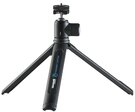 Here's an incredibly compact, sturdy, small-packing tripod that I highly recommend if you trying to save on space... the compact, folding Cullman Magnesit Copter (Click the Photo to see it on Amazon). It's great for propping up on stone walls, tables or vehicles for a steady platform. I upgraded the head on mine to a Giottos Mini-Ball Head. 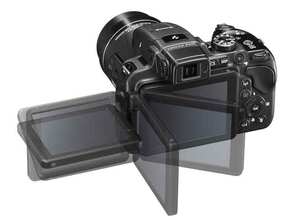 What I really love about these Coolpix cameras is that they all have both an eye-level finder (digital) and a vari-angle, articulated viewfinder. The eye-level is useful for shooting "old school", with your nose and eye up to the back of the camera--immersing you into your framing. The swiveling display makes it very easy to shoot overhead (for a short guy like me, this is really appreciated) or for taking shots from very low or awkward angles (taking a shot from a medieval tower holding the camera at arm's length while looking down gives a real sense of height). Great for candid street shots, too, holding the camera down at your side with the display angled up toward you. Done right, people have no idea that you're even taking a picture. I won't get into all the features here, but rest assured, depending on the model, they have a wealth of high-tech tools: GPS and POI (Points of Interest) to help create Google pin maps of where your photos were taken, or even to list Points of Interest nearby your current location; built-in Wi-Fi or Bluetooth; "Near Field Communication" compatibility (NFC); Full HD or 4K video; and ISO ranges of 100-12,800 (P900) and 3200 (B700). You can also connect to compatible smart phones and tablets with Nikon's Snapbridge, sharing and editing photos or even controlling the camera with your device. And thankfully, these "Super Zooms" come with a vibration reduction feature to lessen motion blur when you're zoomed in (shut this feature off to prevent unnecessary battery drain when not needed.) 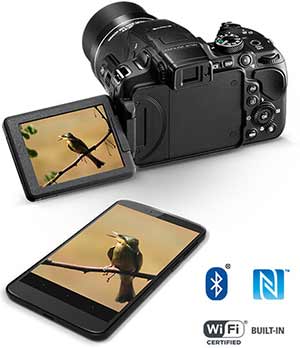 The communication features are really great to have... Our P600 had Wi-Fi and we used it several times while in Italy to transfer shots to our phone or tablet so we could then Email them to friends or post them to our blog. Basically, you connect your phone (or in our case, our Kindle) to the camera's Wi-Fi hotspot--very easy to do. We also used this feature to dump shots to our phone or Kindle and then back them up to Dropbox as a backup. The Near Field Communication feature is useful if you have a NFC enabled smart phone... tap your phone to the camera and it instantly makes the Wi-Fi connection. Another very techy feature is that the LCD display automatically switches to the internal electronic viewfinder when you hold the camera up to your eye--and vice versa. On the P600 I have to press a button when I want to switch finders. I personally see little use for the GPS feature. This has to be turned on from the menu and will tag photos with lat/long coordinates. Useful for posting photos on Panoramia and Google Earth, I suppose. It also has a feature which lists points of interest near your current location. Sorry, but I don't really need it to tell me that the Colosseum is nearby. I'd recommend keeping the GPS turned off until you really need it... it's a real battery drain. The camera has a multitude of shooting modes for all levels of photographic expertise. If you want full manual control, you've got it. If you want full-auto, it's there too (and does an excellent job). If you prefer selecting Scene modes, here's a sampling: Backlighting, Bird Watching, Beach, Black and White Copy, Close Up, Dusk/Dawn, Easy Panorama, Fireworks, Show, Food, Landscape, Moon, Museum, Night Landscape, Night Portrait, Party/Indoor, Pet Portrait, Portrait, Snow, Sports and Sunset. Scene Auto Selector is another option that analyzes the scene and selects the most appropriate one automatically. 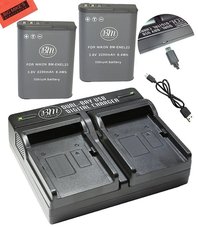 With one charged battery, any of these cameras can take hundreds of pictures, but I really recommend buying a few extra batteries. Video and flash both eat batteries fast on these digital cameras. I brought 3 batteries for each camera and could have used an extra one or two each, so I suggest traveling with an even half dozen for each camera you take. And don't forget to buy one or two battery chargers for your camera's battery model. Even three would be better--you will more than likely run out of battery power long before you'll fill up a large capacity SD card. It's best to carry fully charged batteries with you at all times. Here's a dual bay model that would work well... the BM USB charger with 2 Pack of EN-EL23 Batteries ($28 on Amazon). And the perfect companion to this would be a rapid start, "Smart" USB charger for all your devices (battery charger, phones, tablets, etc.) like the Sabrent Quick Charge 3.0 [UL Certified] 54W 5-Port Family-Sized Desktop USB Rapid Charger ($25 on Amazon). We had a charger like this. This type senses that amount of power each specific device requires and can charge 5 devices at once, with one of its ports being a fast charger (how's 20 minutes sound?) That's about it... all you need to take fantastic photos and travel with with a new "Super Zoom" camera. Here's a tip though: If you are planning a trip in the near future and want to buy a new camera, make your purchase well in advance your Voyage--perhaps 2-3 months prior to departing. This will give you enough time to become fluent with all the features and settings of the camera. These cameras are very powerful tools and can capture amazing images, if you just take the time to learn all of their functions. I hope this helps you decide whether a "Super Zoom" might be best for your own Voyage to Italy. If you have any questions, be sure to ask...
Happy shooting! --Jerry Finzi |
Categories
All
Archives
January 2024
|

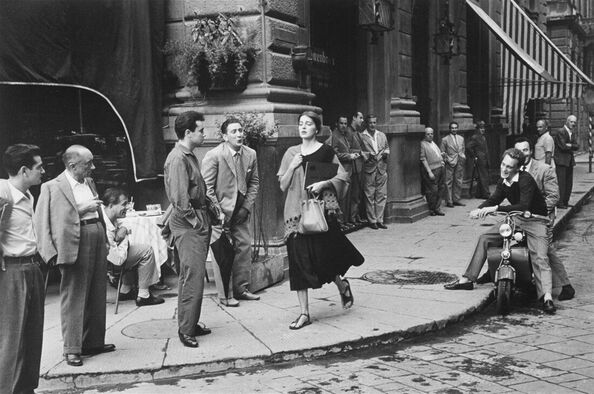
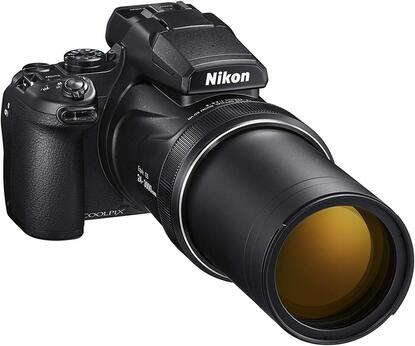
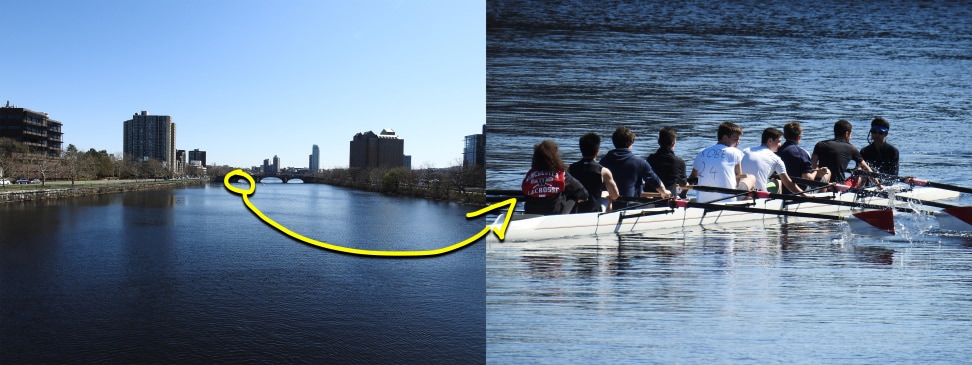
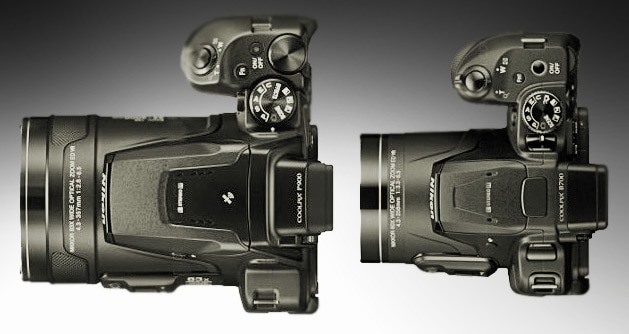
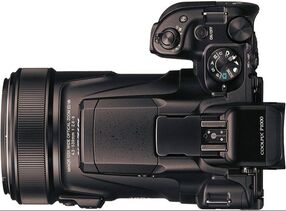
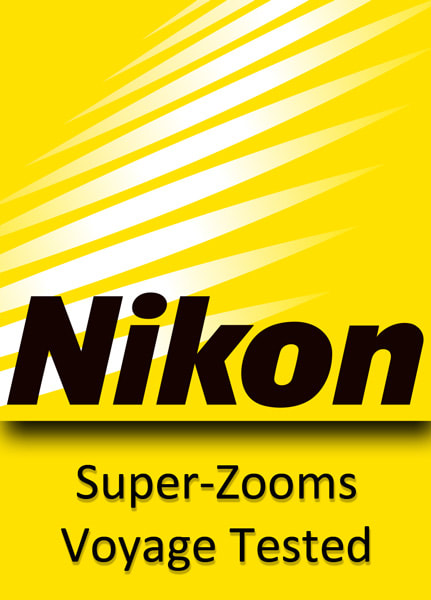
 RSS Feed
RSS Feed
